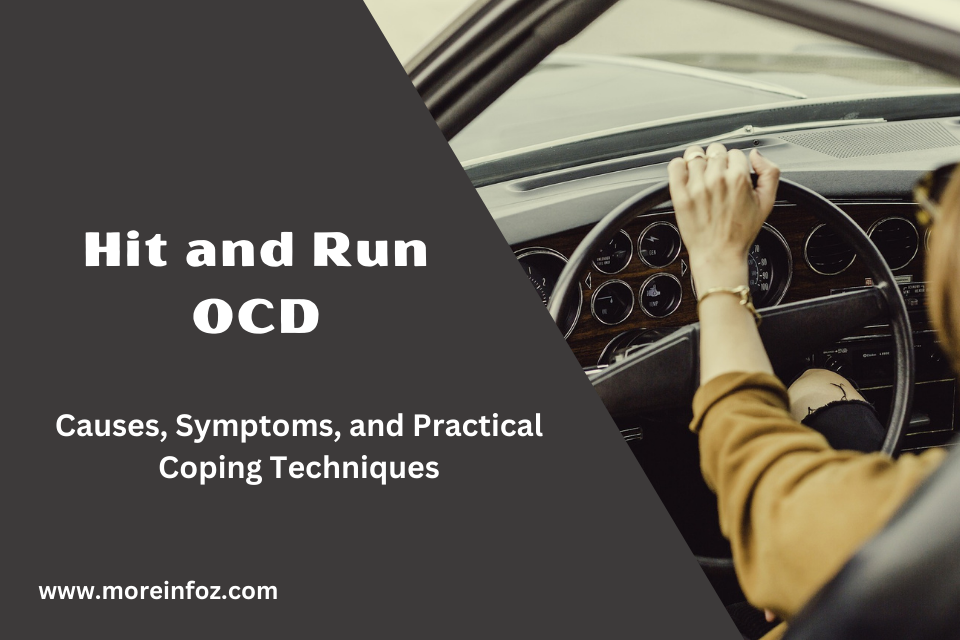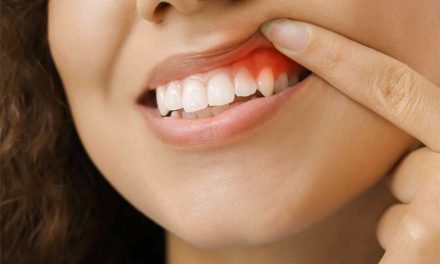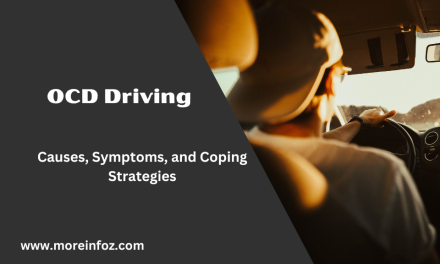Hit and run OCD is a specific manifestation of obsessive-compulsive disorder (OCD) characterized by intrusive thoughts and compulsive behaviors related to causing harm or being responsible for accidents, even when no actual harm has occurred. This article aims to provide a comprehensive understanding of hit and run OCD, including its causes, symptoms, and effective coping strategies. By addressing this condition and implementing practical techniques, individuals can manage their anxiety and regain control over their thoughts and behaviors.

1. Understanding Hit and Run OCD
Hit and run OCD is an OCD subtype where individuals experience persistent and distressing thoughts of causing harm or being involved in accidents. These thoughts often lead to compulsions, such as excessive checking, seeking reassurance, or avoidance behaviors, despite the absence of any real danger.
2. Causes of Hit and Run OCD
The causes of hit and run OCD are not fully understood, but they can involve a combination of genetic factors, brain chemistry abnormalities, environmental influences, and learned behaviors. Traumatic experiences, such as witnessing or being involved in accidents, may also contribute to the development of this condition.
3. Symptoms of Hit and Run OCD
Symptoms of hit and run OCD may vary from person to person. Common symptoms include recurrent and intrusive thoughts of causing harm or being responsible for accidents, excessive guilt and anxiety associated with these thoughts, engaging in compulsive behaviors such as checking or seeking reassurance, and avoidance of driving or situations that trigger obsessive thoughts.
4. Coping Strategies for Hit and Run OCD
a. Cognitive-Behavioral Therapy (CBT): CBT is a widely used therapeutic approach for managing OCD. It helps individuals identify and challenge irrational thoughts, develop coping strategies, and gradually confront feared situations through exposure and response prevention (ERP) therapy.
b. Exposure and Response Prevention (ERP) Therapy: ERP therapy involves intentionally exposing oneself to situations or triggers associated with hit and run obsessions while refraining from engaging in compulsive behaviors. Over time, this process helps individuals reduce anxiety and break the cycle of obsessions and compulsions.
c. Medication: In some cases, medication may be prescribed to help manage the symptoms of hit and run OCD. Selective serotonin reuptake inhibitors (SSRIs) are commonly prescribed antidepressants that can reduce the frequency and intensity of obsessive thoughts and compulsive behaviors.
d. Mindfulness and Relaxation Techniques: Practicing mindfulness and relaxation techniques, such as deep breathing, meditation, or progressive muscle relaxation, can help manage anxiety and promote a sense of calm during moments of distress.
e. Support System: Building a support system of understanding friends, family, or support groups can provide invaluable emotional support and a safe space to share experiences and coping strategies with others who may be facing similar challenges.
f. Healthy Lifestyle: Engaging in regular physical exercise, maintaining a balanced diet, getting enough sleep, and reducing stress can contribute to overall well-being and help manage symptoms of hit and run OCD.
g. Self-Care and Self-Compassion: Practicing self-care and self-compassion is crucial when dealing with hit and run OCD. Be patient with yourself, acknowledge your progress, and practice self-kindness throughout your journey.
Conclusion
Hit and run OCD can significantly impact an individual’s daily life and well-being. However, with the right support, coping strategies, and professional guidance, individuals can manage their symptoms and regain control over their thoughts and behaviors. By implementing the suggested coping techniques and seeking appropriate treatment, individuals with hit and run OCD can find relief from intrusive thoughts and compulsions, leading to a more fulfilling and balanced life.
FAQs about Hit and Run OCD: Causes, Symptoms, and Coping Strategies
- Q: What is hit and run OCD? A: Hit and run OCD is a subtype of obsessive-compulsive disorder characterized by intrusive thoughts of causing harm or being responsible for accidents, even when no harm has occurred. It involves compulsive behaviors and excessive guilt associated with these thoughts.
- Q: What causes hit and run OCD? A: The exact causes of hit and run OCD are not fully understood. However, a combination of genetic factors, brain chemistry abnormalities, environmental influences, and traumatic experiences may contribute to its development.
- Q: What are the symptoms of hit and run OCD? A: Symptoms of hit and run OCD include recurrent and distressing thoughts of causing harm or being involved in accidents, excessive guilt and anxiety, compulsive checking behaviors, and avoidance of driving or situations that trigger obsessive thoughts.
- Q: How is hit and run OCD diagnosed? A: Diagnosis is typically made by a mental health professional through a thorough evaluation of symptoms, medical history, and assessment tools designed to identify OCD and its specific manifestations.
- Q: Can hit and run OCD be treated? A: Yes, hit and run OCD can be effectively treated. Cognitive-behavioral therapy (CBT), medication (such as SSRIs), and other therapeutic approaches can help manage symptoms and improve quality of life.
- Q: What is cognitive-behavioral therapy (CBT)? A: CBT is a type of therapy that focuses on identifying and challenging irrational thoughts and behaviors. It helps individuals develop coping strategies and gradually face their fears through exposure and response prevention (ERP) therapy.
- Q: Can medication help with hit and run OCD? A: In some cases, medication, such as selective serotonin reuptake inhibitors (SSRIs), may be prescribed to help manage the symptoms of hit and run OCD. Medication can help reduce the frequency and intensity of obsessive thoughts and compulsive behaviors.
- Q: Are there self-help techniques for managing hit and run OCD? A: Yes, self-help techniques can complement professional treatment. These may include practicing mindfulness and relaxation techniques, building a support system, maintaining a healthy lifestyle, and practicing self-compassion.
- Q: How long does it take to see improvements with treatment for hit and run OCD? A: The duration of treatment can vary depending on the individual and the severity of symptoms. With consistent effort and adherence to therapy, improvements can generally be seen within a few months, although complete resolution of symptoms may take longer.
- Q: Where can I find support for hit and run OCD? A: Seek support from mental health professionals who specialize in OCD and anxiety disorders. Additionally, support groups, online forums, and communities dedicated to OCD can provide understanding, connection, and valuable insights from others facing similar challenges.





